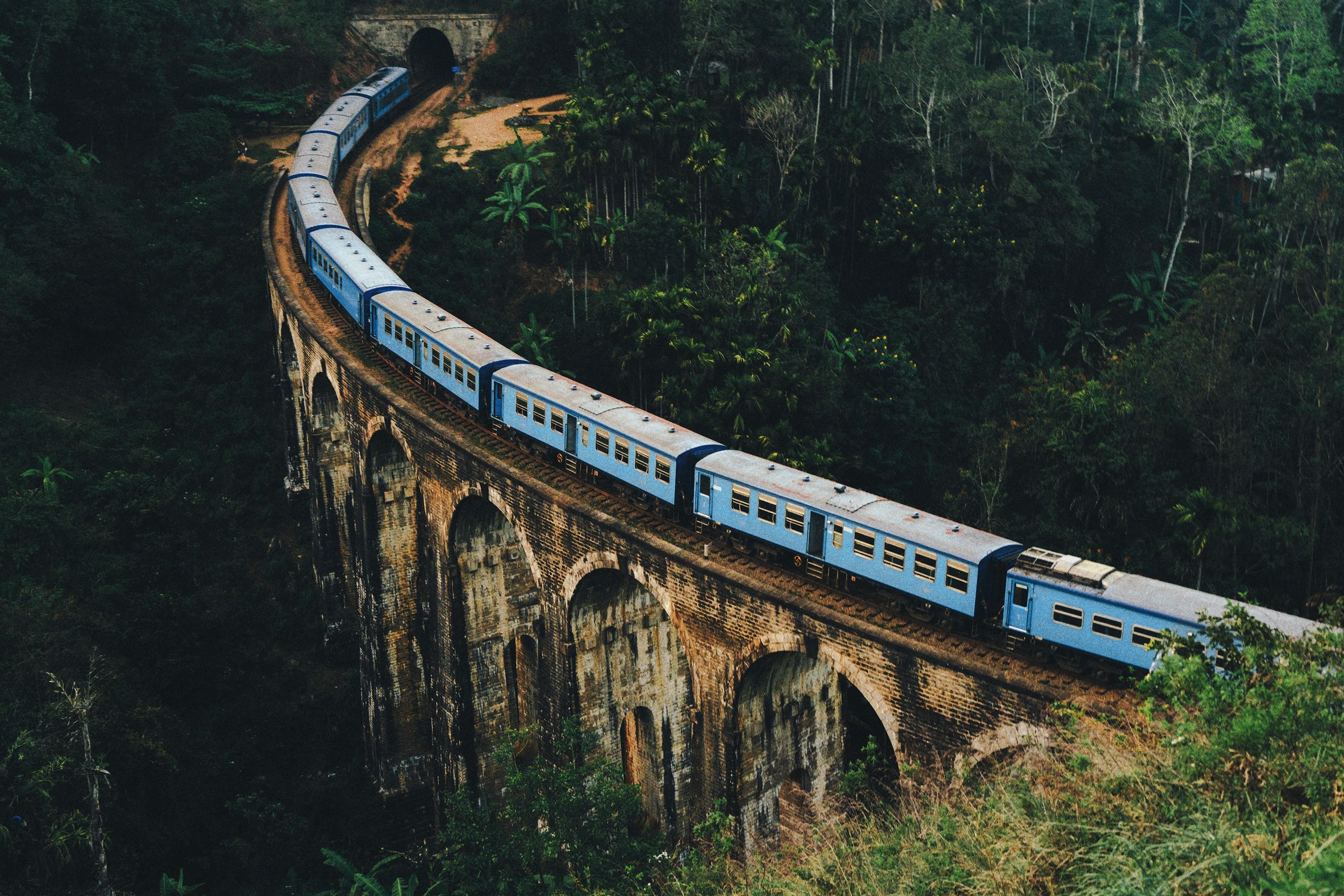












• In this presentation, we will explore how the introduction of High-Speed Railwayscomplements the existing Indian Railways and how it can revolutionizetransportationinIndia.

• India boasts the fourth world'slargestrailwaynetwork, aptlynamedtheIndianRailways.
• With a vast network of over 67,368 kilometers, it plays a pivotal role in the country's transportation infrastructure.

• Reduced Travel Time: - High speed railways significantly reduces travel times between major cities. For instance, a journey that might take 12 hours by conventional rail could be completed in 3-4 hours by HSR. This remarkable time-saving aspect is appealingtobothcommutersandtourists.
• Complementing the Indian Railway System:Itseamlessly integrates with the existing system of railwaysinIndia, enhancing overall connectivity. Passengers can easily switch between HSR and conventionaltrainsforcomprehensivetransportation options.

• While the Indian Railways network is extensive, there is a growing demand forfaster,moreefficienttransportation options.
• High-SpeedRail (HSR) addresses this need by offering rapid, comfortable, andeco-friendlytravel.


Environmental Considerations: - High-speed rail is an environmentally responsible choice,producing fewer emissions per passenger-kilometerthan road or air travel. This aligns with India's commitment to sustainabletransportation.

Economic Implications: - The development of HSR infrastructure stimulateseconomic growth by creating jobs and fostering regionaldevelopment. It also promotes tourismandtradealongtheHSRcorridors.


India has embarked on an ambitious plan to introduce High-Speed Rail services across the country, thereby enhancing the Indianrailway network.
Mumbai-Ahmedabad High-Speed Rail Corridor
a) Distance:Approximately508kilometers




b) TravelTime:Reducedtoaround2hours
c) Notably, this corridor will utilize Japan's Shinkansen technology, renowned for its safetyandspeed.

• IndiaforeseesexpandingitsHigh-Speed Railnetworktoconnectmajorcitieslike Delhi,Chennai,andKolkata.

• These projects aim to extend itsbenefits to a wider population, further enhancing the IndianRailways network.



While High-SpeedRailinIndia presents numerous advantages, it also poses some challenges that requirecarefulconsideration.

o Investment and Cost: - Developing HSR infrastructure involves substantial upfront investments, including land acquisition and technology implementation. Effective funding mechanisms,collaborationwiththeprivatesector, andcost-sharingarrangementsareessential.
o Safety and Standards: -Ensuring passenger safetyandinfrastructurereliabilityisparamountin HSR operations.Adherence to stringent maintenance and safety standards is crucial given thehighspeedsinvolved.
o Public Awareness and Acceptance:BuildingpublicsupportforHSRprojects is imperative. Educating the public about the benefits while addressing concerns fosters smoother project implementation.


High-speed rail in India, when integrated with Indian Railway, the leading largest railwaynetworkofthe world, has the potential to revolutionize transportation.


By reducing travel times, contributing to sustainability,drivingeconomicgrowth,and offering seamless connectivity, HSR stands asagame-changerinIndia'stransportation landscape.


Formoreinformation
Website : https://www.ibef.org/

E-MailID: info.brandindia@ibef.org
Foranyquerycallus@+911143845501
